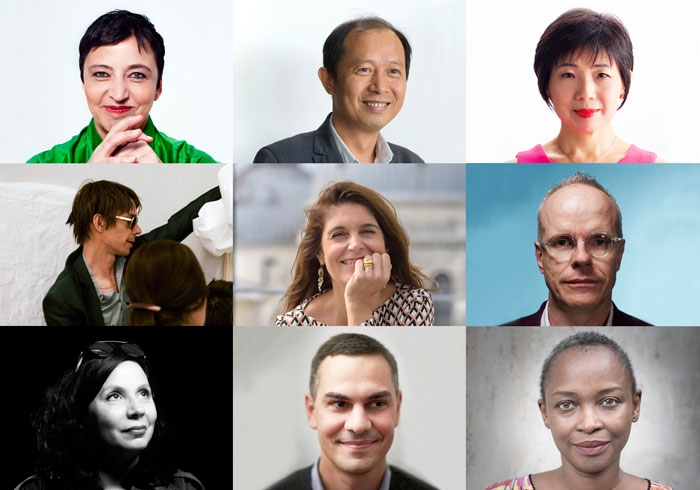In an artworld in which credibility is driven by the exhibition choices of public galleries, museums and biennials, it’s not surprising that some of the most influential figures of the Power 100 list happen to be curators
Hans Ulrich Obrist (6) has been number one, not once, but twice, for example, and his role at London’s Serpentine Galleries shows that you don’t need to be a huge institution to benefit from the networks of influence that accompany contemporary curators. Not all curators are permanently tied to institutions, of course – Adam Szymczyk (4) made waves and polarised critics this year with his edition of Documenta, so the role of the itinerant curator is still important. But the growing two-way traffic between independent and institutional curating is one feature of this year’s Power 100. So while she’s a key figure in the exhibitions programmes of Paris’s Centre Pompidou, Christine Macel (26) could still find time to curate this year’s Venice Biennale. Hou Hanru (44), artistic director at Rome’s MAXXI, was also busy with the Guggenheim’s major Art and China after 1989, while getting things ready for his Shenzen Biennial this December; and heading in the other direction (geographically speaking) Yuko Hasegawa (90) took Museum of Contemporary Art Tokyo’s closure-for-rebuilding downtime to put together a Moscow biennial and a survey show for Pompidou Metz. Meanwhile, director of Beirut’s non-profit Ashkal Alwan, Christine Tohmé (50), transferred her expertise to curating this year’s Sharjah Biennial, and head of Dakar’s Raw Material Company Koyo Kouoh (92) continued her conversation-driven programmes for 1:54 Contemporary African Art Fair and for Switzerland’s Venice Biennale collateral programme, Salon Suisse ATARAXIA.
Indeed, wearing multiple institutional hats seems to be the way curating is heading. Massimiliano Gioni (22) might be artistic director at The New Museum, but he holds the equivalent post at Milan’s Fondazione Nicola Trussardi. The tensions of working in and out of an institution can cause problems, of course; Beatrix Ruf’s (29) resignation from her post as director of Amsterdam’s Stedelijk Museum, over allegations of a conflict of interest with her independent advisory work, is a case in point. But as a generation of onetime-independent curators moves into increasingly important institutional roles, their contacts, networks and expertise will continue to be fought over by institutions keen to stay ahead in an increasingly globalised artworld.
